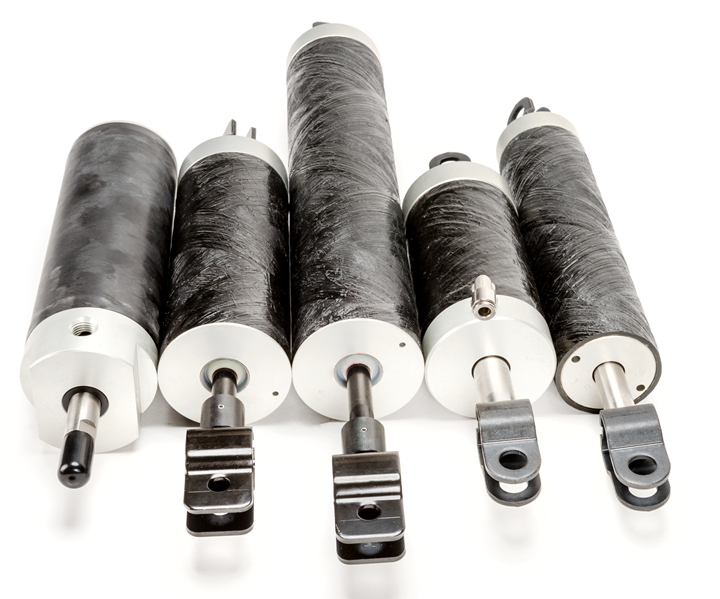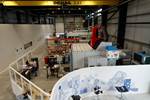Polygon PolySlide composite tubing replaces metal for pneumatic and hydraulic cylinders
The filament-wound glass fiber composite tubing exhibits high strength, dimensional stability and resistance to corrosion.

Source | Polygon
(Walkerton, Ind., U.S.), manufacturer of composite tubing solutions for bearings, dielectric applications, surgical devices and more, has launched PolySlide composite tubing for pneumatic and hydraulic cylinders. PolySlide tubing replaces metallic material in a variety of cylinder applications.
Supplied as a cylinder tube for customer assembly, or as fully engineered cylinder assemblies for equipment manufacturer applications, the tubing is made of continuous filament-wound glass fiber and polymer resins. The fiberglass filament and resin materials combine together to form a high-strength component that exhibits dimensional stability, is non-corroding, impingement-resistant and is non-conductive. The cylinder tubing is said to perform in high and low temperatures, grease, grit, salt, chemicals and other extreme conditions.
PolySlide cylinder tubing sizes range from as low as 0.25" inner diameter (ID) up to industrial-sized 24" IDs. The features of the tubing allow the seal to slide over the bore surface contour, minimizing interlocking friction. The inside diameter of the tubing has a smooth finish. Contact with the non-metallic rod guide bearing prevents galling and provides for a low coefficient of friction. A wear-resistant material incorporated into the bore surface further increases the lifespan of the composite cylinder tubing.
According to Polygon, common applications of this product include use with pneumatic and low-pressure hydraulic applications, such as fifth wheel actuation, gate valve actuators, water treatment flow control mechanisms, tie rod cylinders and more. A translucent version of the composite cylinder tubing is also available.
Related Content
-
Revisiting the OceanGate Titan disaster
A year has passed since the tragic loss of the Titan submersible that claimed the lives of five people. What lessons have been learned from the disaster?
-
Plant tour: Airbus, Illescas, Spain
Airbus’ Illescas facility, featuring highly automated composites processes for the A350 lower wing cover and one-piece Section 19 fuselage barrels, works toward production ramp-ups and next-generation aircraft.
-
Combining multifunctional thermoplastic composites, additive manufacturing for next-gen airframe structures
The DOMMINIO project combines AFP with 3D printed gyroid cores, embedded SHM sensors and smart materials for induction-driven disassembly of parts at end of life.
.jpg;width=70;height=70;mode=crop)


